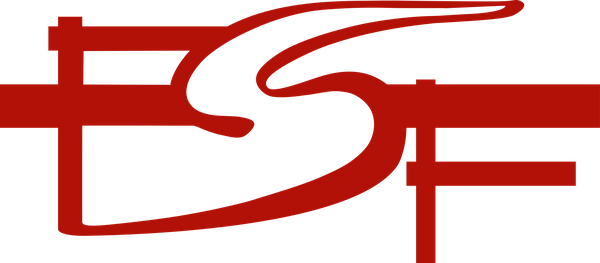Copyleft in the 3D printing world
By
Tom Callaway
While much of the 3d printing ecosystem is built on proprietary software, there are sections which rely on copyleft licensed works. I will give an overview of where copyleft can be found today in the 3D printing world, and the role that it plays in encouraging the Open Hardware movement.
Monday 12:20 p.m.–12:50 p.m.
3d printing has been around as a technology since the early 1980s, but in recent years, it has become practical (and affordable) for a much wider audience. While patents have had a chilling effect on the space, much of the growth in the ecosystem is the direct result of copyleft licensed projects like the RepRap project. Many modern 3d printers can directly trace their lineage to RepRap, and two of the most popular 3d printer families (Lulzbot and Prusa) make extensive use of copyleft licensed works in their software, firmware, and hardware. In this presentation, I will cover some of the history of copyleft in 3D printing, and give examples of how it is used today.
Tom Callaway
Tom has been contributing to Free Software since 1998, and employed by Red Hat since 2001. He serves as the Fedora Legal Liason, and is responsible for triaging and addressing all legal and licensing issues for the Fedora Community. In his day job for Red Hat, he works as a Technical and Community Outreach Program Manager, creating and supporting programs to encourage the use of Free Software tools and methods. Additionally, he maintains 375+ packages in the Fedora operating system, and was one of the original core contributors to the Fedora Packaging Guidelines. In his spare time, he enjoys science fiction, pinball, gaming, comics, and puzzle solving.




